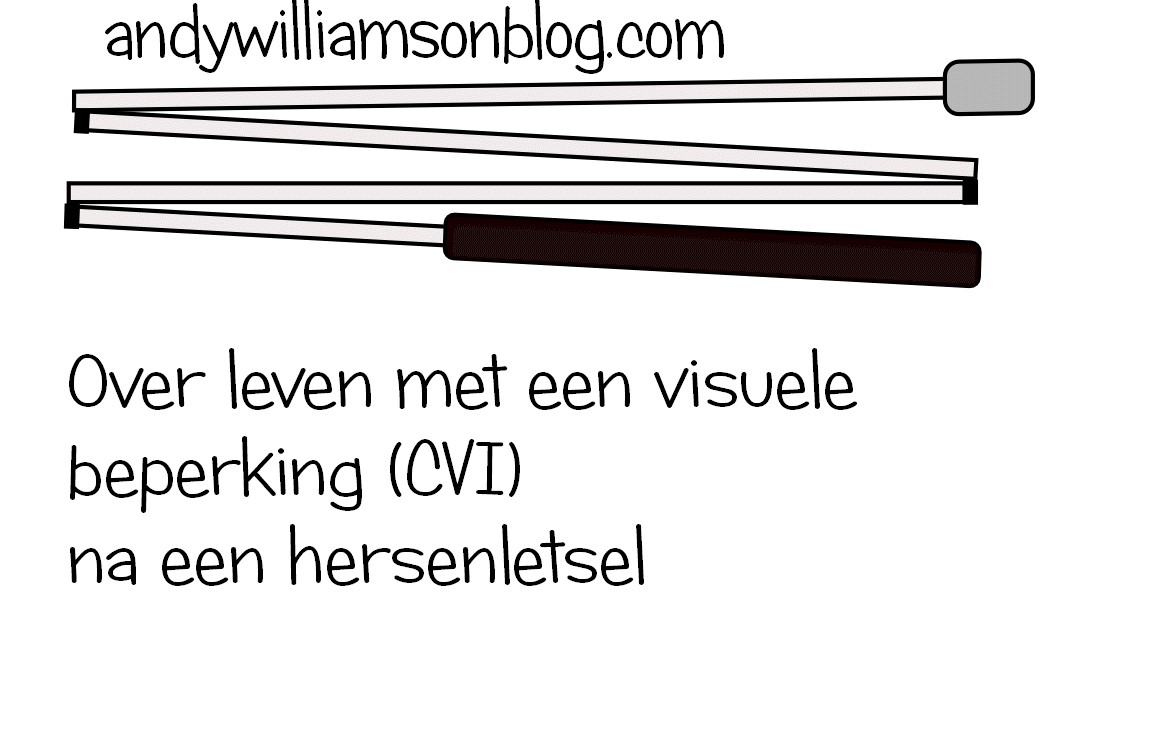This time I let Helen (obviously the best wife in the world) do the talking. Last Saturday morning something happened that made us both do some serious thinking. I needed to be in Mechelen…
Yes, all right, I’m going to shut up now. I was going to let her do the talking!
Tervuren, January 2025

Andy has been travelling to Mechelen regularly over the last 18 months, usually by public transport. This is the view as you come out of the station. He needs to go along the road to the right of the tall curved white apartment block.
This week, due to weather, timing and a change in bus timetables causing erratic services, I took him by car. It was a damp January morning, much more grey than these Streetview pictures which are from last July. The last time I took him by car I parked on the bridge which is off the photo, about 200m to the left, and walked him down to this point.
This time I stopped the car in one of the ‘kiss and ride’ spaces on the street in the middle of the photo, just to the right of the brick column monument.

This is the view from where we parked. There weren’t any bicycles or leaves on the tree, but the brick columns ahead were illuminated with Christmas lights and a Christmas reindeer. Andy was concerned as he could see the station – the white curved roof is very distinctive. But he said he didn’t know where he was in relation to the station, so couldn’t orient himself to know where he needed to go.
What monument?
I mentioned the brick monument as I thought he’d know where that was. But he just said ‘what monument?’
He could see the station, but his brain had apparently ‘photoshopped’ the whole of this monument out. It had filled in the station so it looked to him as if there was a road with just the station behind. He had no idea there was something so large straight ahead that he wasn’t seeing.

We crossed at this crossing, and Andy was still unable to orient himself.

We passed this close to the brick monument, yet Andy was still not able to see it, though he could still see the station behind it.

This is the view from the far end of the same zebra crossing. The white building ahead comes into view and Andy instantly knows where he is. That may be because he recognises it from driving in Mechelen before he had the stroke. He can now locate the station entrance, the street he needs to take, and the next crossing which will take him there. From there the 2 km route through the centre of Mechelen goes without a hitch.
Horrified
Hours later, when he got home, I did a quick Google search and showed Andy the monument that he hadn’t been able to see. He was amazed and horrified. I’ve learnt over the last few years that there is no point insisting that something is there when he’s not seeing it. Later, if we can look at things quietly at home on a screen, he will usually see them. Next time he’s in Mechelen he may even see it there!
Many people who are partially sighted have a problem with their eyes which is measurable in an eye test. There are different types of impairment. If you’re interested there is a low vision simulator online here
https://versanthealth.com/vision-simulator
But Andy’s visual impairment isn’t measurable with an eye test. And it can’t be simulated, as it’s the result of a brain injury. It’s difficult to explain, since how much he can see is affected by the situation in which he finds himself.
Missing information
His brain no longer processes visual information fast enough, so that the more that there is to see and hear, the less he actually sees. When his brain can’t understand what his eyes are telling him, it will try and fill in the missing information. This means that things sometimes aren’t there for him, and other times things appear to him which aren’t really there at all. All of which means that he can never trust what he’s seeing. That makes navigating his world stressful and very tiring, and sometimes just plain dangerous.
The monument in Mechelen is huge, so it’s easy to understand why it’s a problem that he can’t see it. But every day there are kerbs, cars, lamp posts, street signs, traffic lights, other people, holes in the ground… that he just doesn’t see. Now perhaps you understand why his guide dog is so important to him.

Thanks Helen! A very well written piece to help us understand the issues Andy faces on a day to day basis. And Andy, what a blessing your guide dog(s) has been in maintaining your independence!